Islam arrived with the Arab conquests in the 7th century and the country subsequently went on to become a major cultural and spiritual heart of the Muslim world. Its most famous landmark, Al-Azhar Mosque in Cairo, founded in the 10th century, has long been a source of great pride for Muslims. In keeping with a country that is no stranger to longevity, Al-Azhar’s prestigious teaching institution, which attracts scholars from around the world, is considered to be the oldest university in existence.
Today, the overwhelming majority of the country’s approximately 81 million population are Muslims. City horizons are dotted with the minarets of mosques and, every day, their speakers crackle with the evocative, almost ethereal, calls of the “muezzins” summoning the faithful to prayer. On Fridays, the special day of prayer, mosques are filled to bursting points, and sidewalks and prayer mats spill out onto the sidewalks and streets. Yet, the population is not uniformly Muslim. Christianity continues to thrive in Egypt, and a significant minority of the country belongs to the distinctive Egyptian church whose members are known as Copts.
The Nile River, which has allowed Egypt to thrive, begins at the Great Lakes in the heart of Africa then travels through northern Sudan where the Ethiopian tributaries collect rainwater, and then just past the cataract area south of Aswan, it calms down to smoothly flow into the Mediterranean Sea.
Cairo
Cairo, the capital of Egypt and the largest city in the Arab World has long been the center of the region’s political and cultural life. The city exemplifies the “Land of Contrasts,” offering its visitors a fascinating mix of old-world charm and a modern city vibe. On the one hand, travelers can experience the vast, arid desert that seems to be never-ending, and on the other, you see a modern metropolis. Travelers from all over the world have marveled at Egypt’s amazing antiquities for thousands of years, like the Great Sphinx and the pyramids in nearby Giza. Though firmly attached to the past, Cairo is also home to a vibrant modern society.
Attractions
- The Pyramids of Giza can be toured from the outside on wheels but there is no rolling access to the chambers inside. The slope leading into the tomb is too narrow and steep and does not have enough head clearance.
- The nearby Solar Boat Museum, which opened in 2001, has been made more accessible with ramps. Likewise, the sound and light shown at the pyramids have a special area in the front designated for those in wheelchairs. Wheelchair accessible bathrooms are located inside.
- The Egyptian Museum has ramps at the entrance, an elevator to the first floor, and wide doors to most of the exhibit areas. The highly popular Tutankhamun exhibit on the first floor is accessible, however, the Mummies’ room is not. A major drawback is that the museum has no wheelchair-accessible washroom.
- There is wheelchair access along most of the cobblestone alleys of Khan El-Khalili bazaar. It is advisable to avoid the evening rush hour when most of the tour buses drop their passengers off for an hour or two of shopping.
- Memphis and Saqqara are more or less accessible by wheelchair, though you risk getting stuck in the sand. The ride to this site is about 45 minutes from downtown Cairo and maybe a little arduous for some. Plan wisely with air-conditioning, loose clothing, and ample water. No wheelchair accessible restrooms can be found in these areas.
- St. Georges Church and the Coptic Museum in Coptic Cairo are partly accessible, while the Hanging Church and other landmarks can only be reached by flights of stairs. If your van is permitted to drive up into the Citadel, you only need to negotiate two big steps to enter the hall of the mosque. The rest of the area may not be accessible.
- Nile Cruise Ships sailing between Luxor and Aswan is possible because although the cruise ships have not been specially modified for guests using wheelchairs, the crew is ready to adapt, which consists of several transfers on and off the boat. Bathroom access is unknown–but highly doubtful.
Alexandria
Although the number of historical sites are limited in Alexandria compared to Cairo or Luxor for example, it is considered the most attractive city in Egypt for its moderate weather, long stretches of white sand beaches, beautiful buildings, and friendly people.
Alexandria, better known as the mermaid of the Mediterranean, is the second largest city in Egypt after Cairo and is considered to be the second Capital of Egypt. Alexandria was built during the rule of the Greek emperor Alexander the Great who sought to immortalize his name through this city. The Greek architect Dinocrates built Alexandria on the site of the old village Rhakotis in 331 BC. Alexandria has flourished to be a prominent cultural, political, and economic metropolis. It was the renowned capital of the Ptolemies with monuments many of which remain as examples of a great civilization. Alexandria (31.09N 29.53E ) is located in the north of Egypt. Its geographic location enabled it to be one of the most important ports in Egypt with more than 50% share of Egypt’s sea trade. In 2013 Alexandria is witnessing one of the brightest days of its history as many construction projects are in the works to revive the city to be as it once was, the mermaid of the Mediterranean.
Attractions
- The Bibliotheca Alexandrina consists of four fully wheelchair accessible museums focusing on manuscripts, antiques, Sadat, and this history of science as well as a planetarium. An accessible restroom is available inside.
- The Ruins of the Roman Amphitheater is an enjoyable open-air site but with limited access to wheelchairs.
- The site encompassing Pompeys Pillar, Cleopatra’s Bath, and the Papyrus Library may be accessible for most as it is flat but the pathways are unpaved and uneven so some may need assistance.
- Graeco-Roman Museum is fully wheelchair accessible, including bathrooms, with many displays of the original busts of Alexander, Hercules, Julius Caesar, and Cleopatra in addition to some brilliant medieval pottery that is located on the ground level.
- Montazah Palace is the summer home of King Farouk and is set amidst sprawling gardens with accessible walkways (packed dirt) winding through them.
- The Roman Theatre in Kom El Dekka is one of the important sites in Alexandria which was reserved for thousands of years. Today musical and ballet shows are held in the Roman theatre to attract Egyptians to this great monument. The historical nature of the building permits visitors in wheelchairs to sit at the very base of the amphitheater.
- The Fort of Qayetbay was built in 1480 on the ruins of the Alexandria Lighthouse to repel raiders from the Mediterranean. The medieval-style fort was named after the Mamelouk Sultan Qaitbay and is considered one of Alexandria’s landmarks. The fort is historic and thus not fully wheelchair accessible. Though one cannot wheel up and down every hallway due to the usual stairs, one can still explore and get a good feel of the fort. Pathways consist of stonework (not cobblestones) so the surfaces in and around the fort are easy to roll over. No restrooms.
- Al-Haramlek Palace in Montazah is built on a low plateau east of Alexandria and overlooking the beach and surrounded by gardens. It was formerly the official summer residence of Egypt’s King but Al-Haramlek is now a presidential palace. Its unique architecture combines Islamic and European elements. Montazah comprises a number of buildings, the most important being the Al-Haramlek and also the Al-Salamlek, which is now an upscale restaurant. Both Al-Haramlek and Al-Salamlek are luxury hotels with wheelchair accessible bathrooms.
Food
If you’re lucky, you may be invited to dine in an Egyptian home. There are no set times for dinner; often hours will depend upon your host’s profession. Although invitations may be issued as late as 0100, generally if no time is set, guests are expected between 2100-2200 hours. If you wish, you may bring flowers, chocolates, or a bottle of wine (if your host drink–many Muslims do not). You will be introduced to other guests and perhaps the host’s entire family, many of whom will not stay to eat. Seating is usually random.
All the food is set in the middle of the table at the beginning of the meal. If no silverware is provided, use your bread as a combination fork and spoon. Guests are not expected to clear their plates, and you’ll need to refuse more than once to convince your host that you really can’t eat anymore. Complimenting the hostess on her cooking skills as well as (for women) asking her for recipes that are in good taste and appreciated. After dinner, guests remove from the dining room to drink mint tea or coffee. Wait for at least a half-hour from the end of the meal before you leave; compliment the cook again, and extend your thanks (alf shokren).
Although Egyptian eating habits may seem erratic, most natives begin the day with a light breakfast of beans, Ta’meya, eggs, and/or pickles, cheeses, and jams. Most families eat their large, starchy lunch around 14:00-17:00 and follow it with a siesta. They may take a British-style tea at 17:00 or 18:00 and eat a light supper (often leftovers from lunch) late in the evening. Dinner parties, however, are scheduled late, often no earlier than 21:00, with the meal served an hour or two later. In restaurants, lunch is normally from 13:00-16:00 and dinner is from 20:00-24:00.
Dining-Out
In Egypt, dining out can range from stand-up sandwich bars to luxurious five-course meals. In cities both food and water are safe although the change in your diet may produce short-term gastrointestinal upsets so be sure to ease into eating new cuisine. You can find small, inexpensive establishments that serve good Egyptian food in major cities, like Cairo, Alexandria, Luxor, Aswan, Hurghada, Sharm El-sheikh, and in all the other Governorates.
Most of the time, these food stands are clean and have helpful staff, but during their busy times, you may have to push your way through the pack of Egyptians to get waited on. You can also buy roasted chickens that the shop will season for you, shawirma (Gyros), or lamb cooked on a vertical split, available most of the day. The larger cities even have Western-style fast-food chains like McDonald’s and Kentucky Fried Chicken but these options are relatively expensive.
Native Foods
Egyptian food reflects the country’s melting-pot history; native cooks using local ingredients have modified Greek, Turkish, Lebanese, Palestinian, and Syrian traditions to suit Egyptian budgets, customs, and tastes. The dishes are simple and hearty; made with naturally ripened fruits and vegetables and seasoned with fresh spices.
The Egyptians also make a variety of meat (lahhma), vegetable (khudaar), and fish (samak) soups known collectively as shurbah, and all are delicious. Food in the south, closely linked to North African cuisine, is zestier than that found in the north, but neither is especially hot. The best cooking is often found in the smaller towns. Although Egyptian cooking can be bland and oily when poorly done, most of the cuisine is delicious.
Accessible Tourism
The most encouraging is the fact that the government has taken some initiatives to assist those with special needs. For example, there is now a separate counter for the elderly and disabled at Passport Control in Cairo airports. There are certainly physical challenges to touring Egypt with a wheelchair but in the end, the combination of Egyptian hospitality and ingenuity makes this country extremely accessible.
Hotels
Egyptian law stipulates that 5 percent of the rooms in all hotels should be handicapped accessible. In reality, the number of rooms and facilities available can vary. A number of Cairo hotels are listed as having wheelchair facilities available. While there may be four hotels with accessible rooms, five-star hotels are recommended for their consistency in service and wheelchair accommodations. For instance, the Le Meridien Pyramids, Radisson Blu, and the Mercure Cairo le Sphinx Hotel.
Bathrooms
Wheelchair accessible bathrooms are uncommon but not impossible to find. The Art of Travel Egypt is very knowledgeable about this topic. Each day the guide will incorporate site-seeing with accessible restrooms. The best wheelchair accessible restrooms can be found at luxury hotels or nicer hotels in general. With the Art of Travel Egypt, you can choose not to have a long day excursion if frequent bathroom usage is problematic or if you need to rest more, etc.

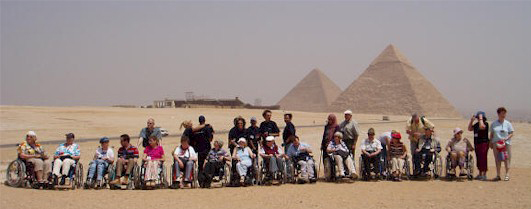
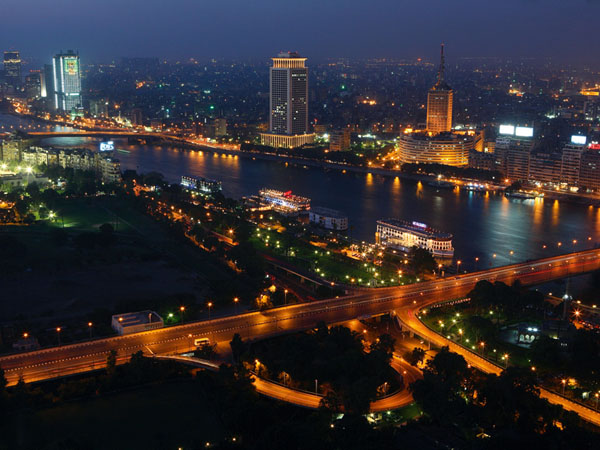
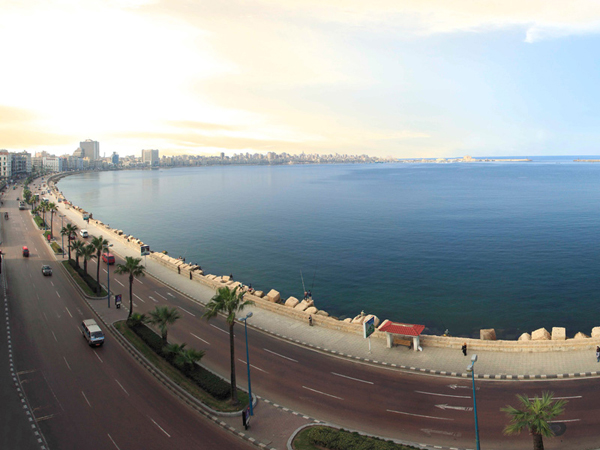
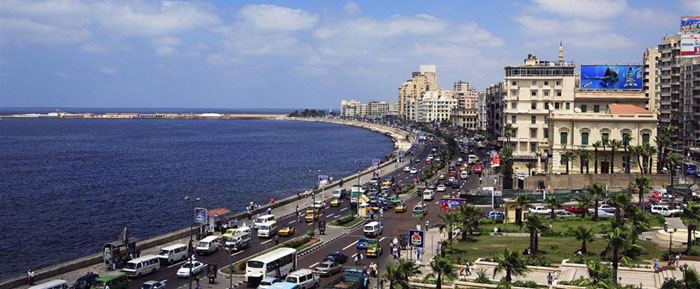
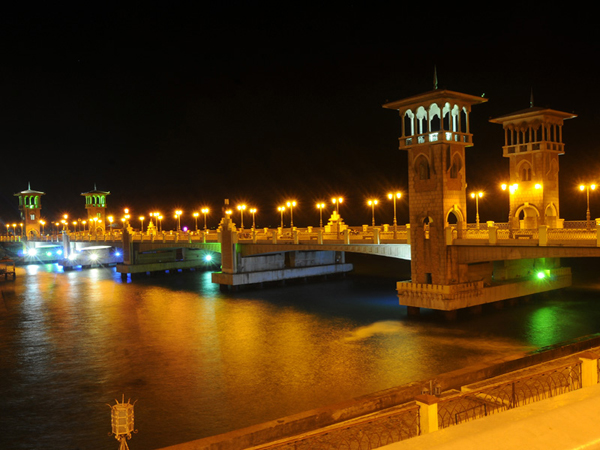
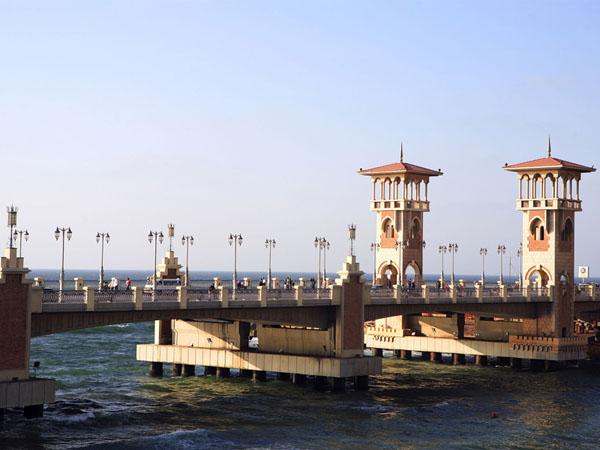
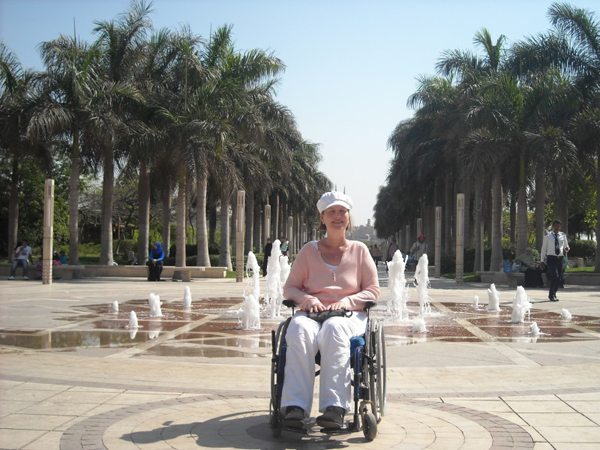
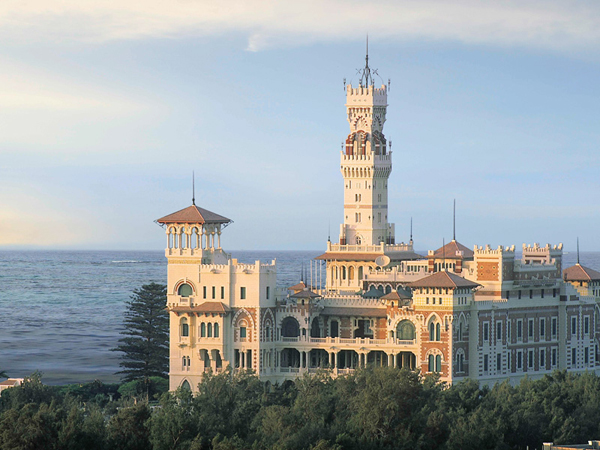
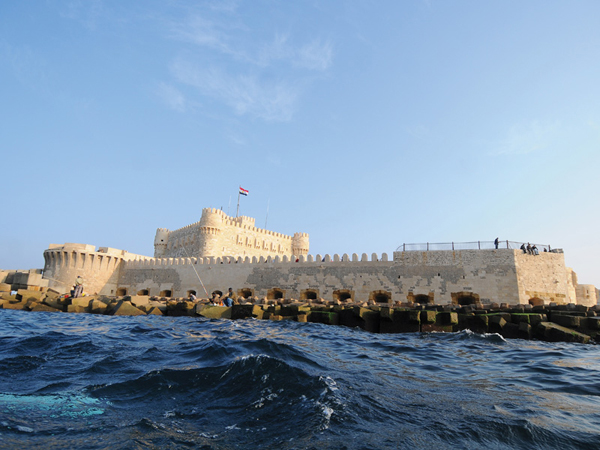
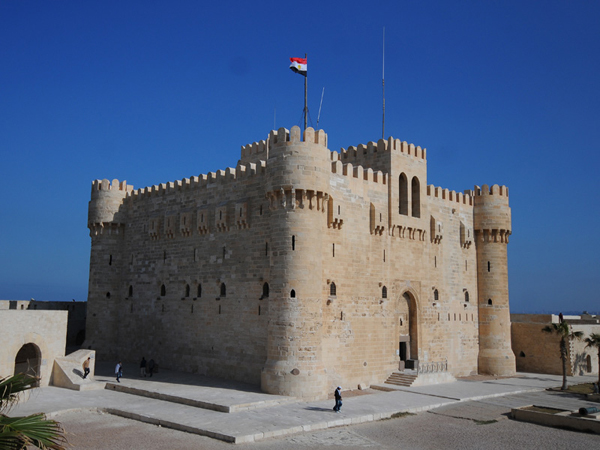
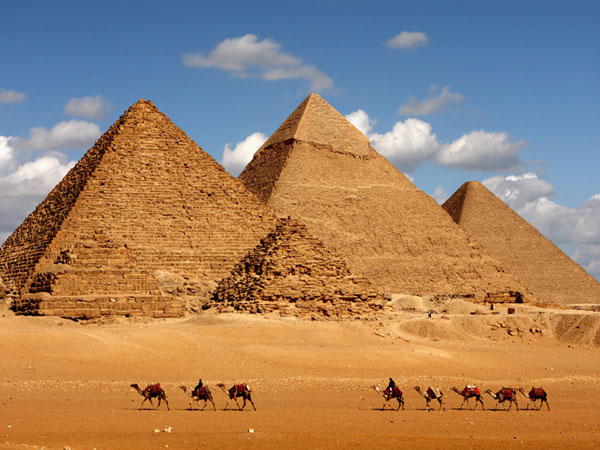
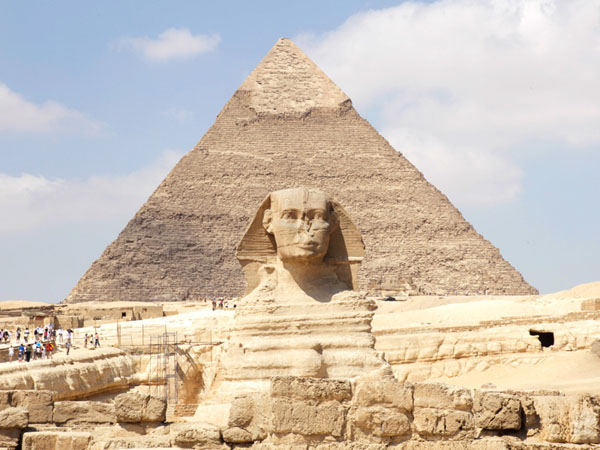
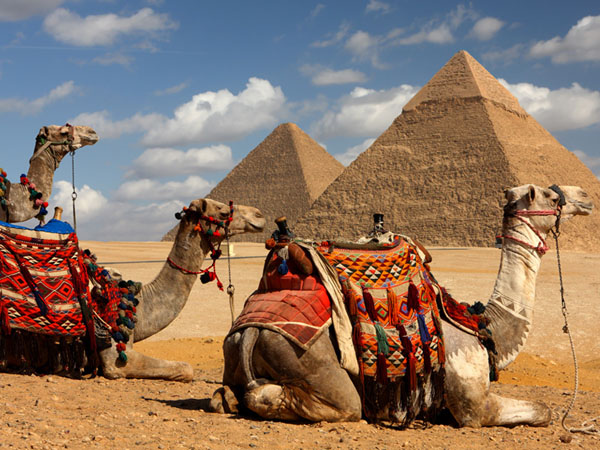
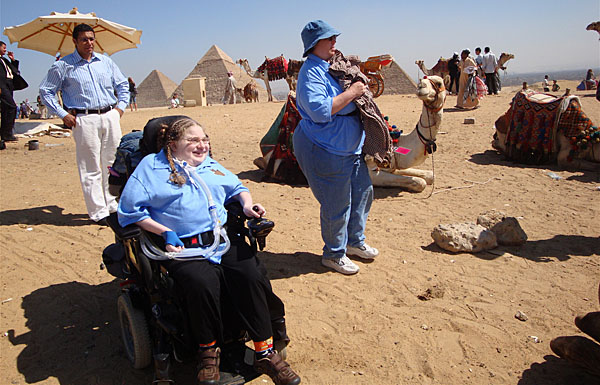
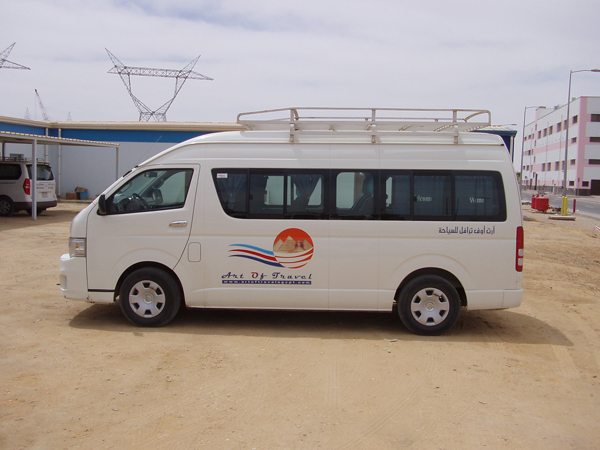



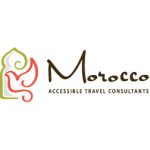



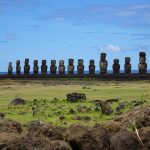





Brilliant article.
Have you done a article on hotels and attractions that are wheelchair accessible in Luxor? That would be a huge help for me.